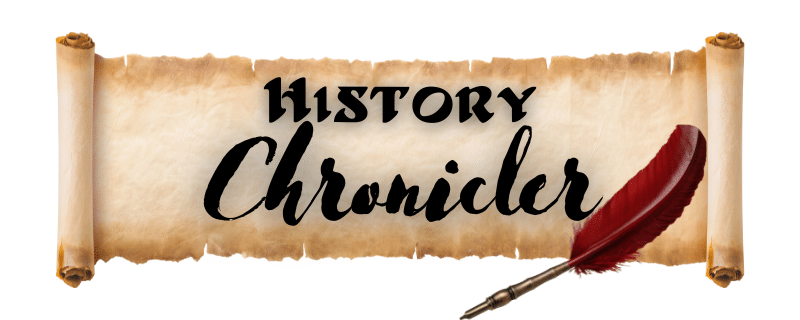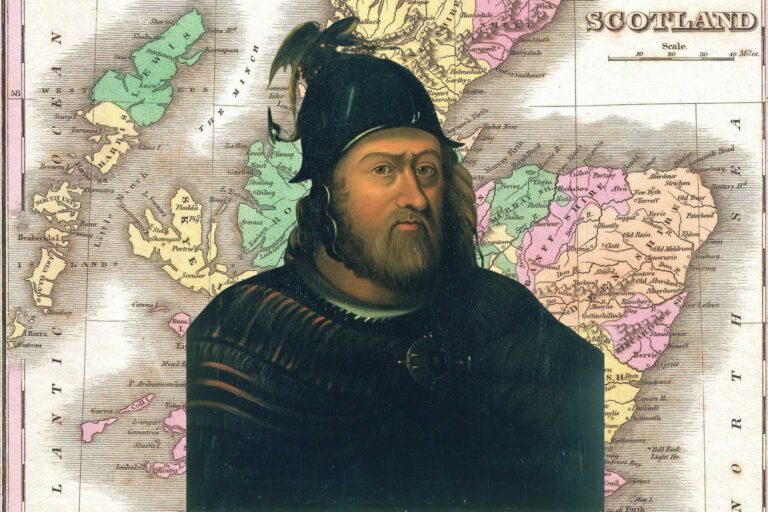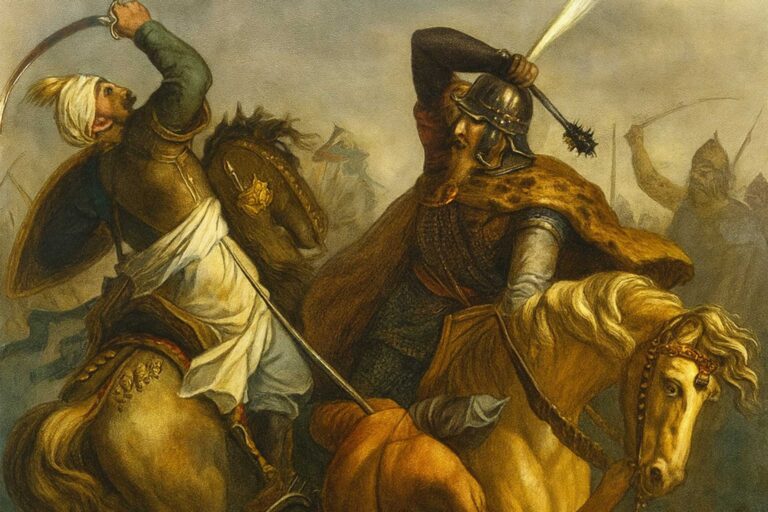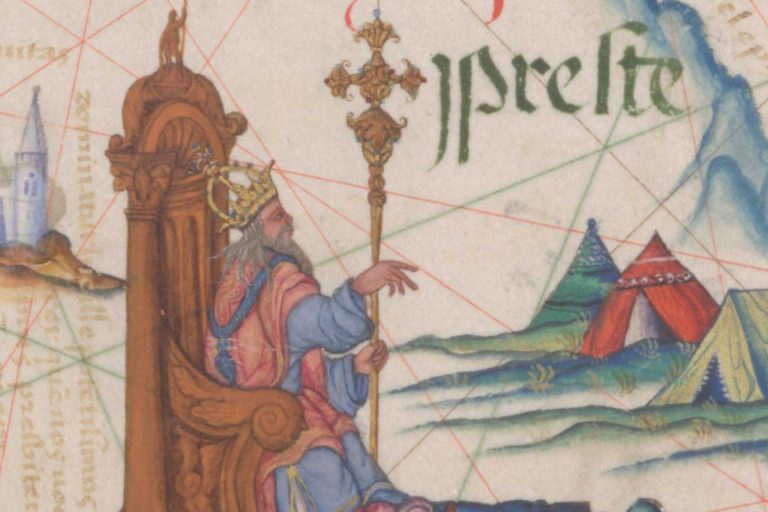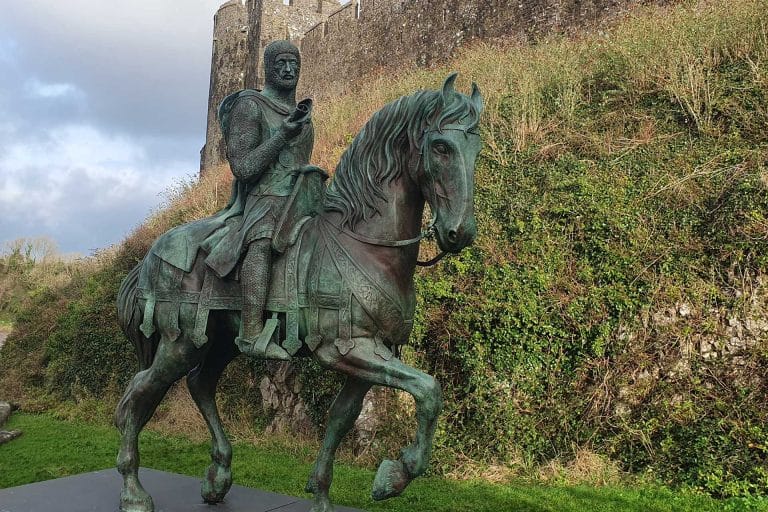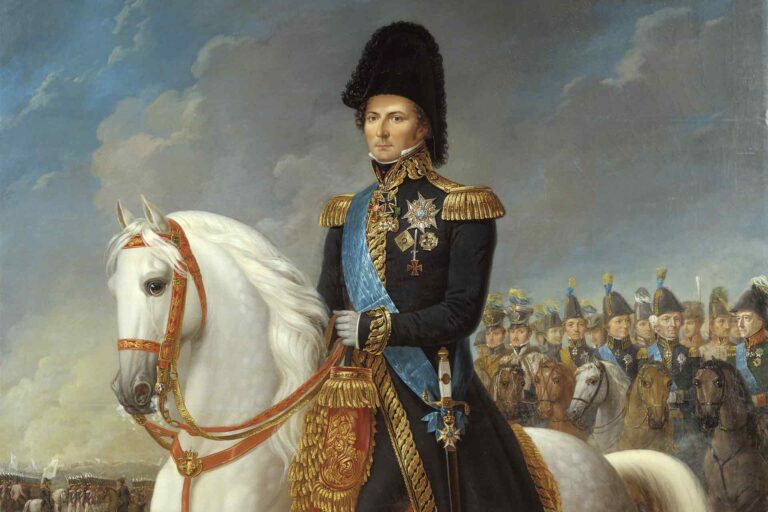William the Conqueror’s English Invasion Changed European History in 1066
1066, a date firmly etched into the annals of history, witnessed the tapestry of Europe being forever altered. The canvas for this transformative chapter was England, and the artist, none other than William the Conqueror. This narrative isn’t merely about the conquest of a land but how this monumental event subsequently rippled through time, leaving indelible imprints even in our modern world.
Prologue to the Conquest
The stage for William’s ambitious endeavor was set with the death of the childless English king, Edward the Confessor, in January 1066. His demise catalyzed a frenzied scramble for the throne, setting the scene for William’s invasion. William, the Duke of Normandy, claimed that Edward had promised him the throne. He further alleged that Harold Godwinson, Edward’s brother-in-law, and the newly crowned King of England, had sworn an oath on sacred relics, pledging support to William’s claim.
However, ambitions for the English throne weren’t restricted to William and Harold. Norway’s King Harald Hardrada also saw an opportunity, making the situation even more volatile.

Battle of Stamford Bridge
Before William could set his sights on England, Harold Godwinson had another invader to repel. King Harald Hardrada of Norway, backed by Harold’s treacherous brother Tostig, landed on the northern shores. The two forces met at Stamford Bridge (pictured above). The English emerged victorious, but the battle had consequences. Harold’s army, although triumphant, was exhausted, a factor that would prove crucial in the impending confrontation with William.
Battle of Hastings: A New Dawn
On October 14, 1066, England’s fate was to be decided. William’s Norman army faced off against King Harold’s weary forces. Notable figures like Bishop Odo, William’s half-brother, and Eustace of Boulogne, rose to prominence during this confrontation. The English initially held their ground atop Senlac Hill, repelling the Normans with their shield wall.
However, as the day wore on, a combination of feigned retreats by the Normans and the death of Harold (allegedly by an arrow through the eye) turned the tide. William’s forces triumphed (as depicted below in the infamous Bayeaux Tapestry). Estimates suggest a massive casualty count, with numbers ranging from 2,000 to 4,000 on each side, a testament to the battle’s ferocity.

How William the Conqueror’s Victory Changed the Course of History
With Harold’s demise and William’s subsequent coronation on Christmas Day, 1066, England was poised for dramatic transformation. These changes had ripple effects across Europe:
- Norman Aristocracy: William the Conquerer redistributed land to his Norman followers. This resulted in the establishment of a new feudal system and an entirely new aristocracy, which played a significant role in shaping medieval European politics.
- Architectural Renaissance: Norman architectural prowess was showcased in constructions like the Tower of London and multiple cathedrals, leaving an indomitable mark on English and European landscapes.
- Legal Evolution: The Normans under William the Conqueror introduced a centralized system of governance and law, the echoes of which can still be found in the modern English legal system.
- Linguistic Fusion: The amalgamation of Old English and Norman French gave birth to Middle English. This blend enriched the English vocabulary and laid the groundwork for the language we recognize today.
- Diplomatic Shifts: With England now under Norman control, alliances shifted. The English crown now had stronger ties to the continent, particularly with William the Conqueror‘s first duchy Normandy, impacting European politics for centuries.
Echoes in the Modern World
The seismic shifts triggered by William’s conquest in 1066 still reverberate today:
- Magna Carta: The seeds of discontent sown by Norman rule eventually led to events like the signing of the Magna Carta in 1215, a cornerstone of modern democracy and human rights.
- Legal Precedence: The ‘Domesday Book’, a meticulous survey ordered by William the Conqueror, set the standard for record-keeping. Today’s land and tax registries owe much to this Norman initiative.
- Cultural Legacy: The fusion of cultures enriched literature, art, and philosophy, influencing European Renaissance and Enlightenment. Famous works, like Chaucer’s “Canterbury Tales”, owe their genesis to this melding.
- Political Dynamics: The European map, particularly the UK’s relationship with France, was significantly molded by the events of 1066 thanks to William the Conqueror. From rivalries to alliances, the political tapestry of Europe owes much to William’s conquest.

Conclusion
William the Conqueror didn’t just conquer a land; he altered the trajectory of its people, its language, its institutions, and its very essence. The reverberations of 1066 continue to shape Europe, offering testimony to a year when history was irrevocably transformed. As we navigate our modern world, it’s both humbling and enlightening to trace back the threads of our shared past to that pivotal moment in European history.
